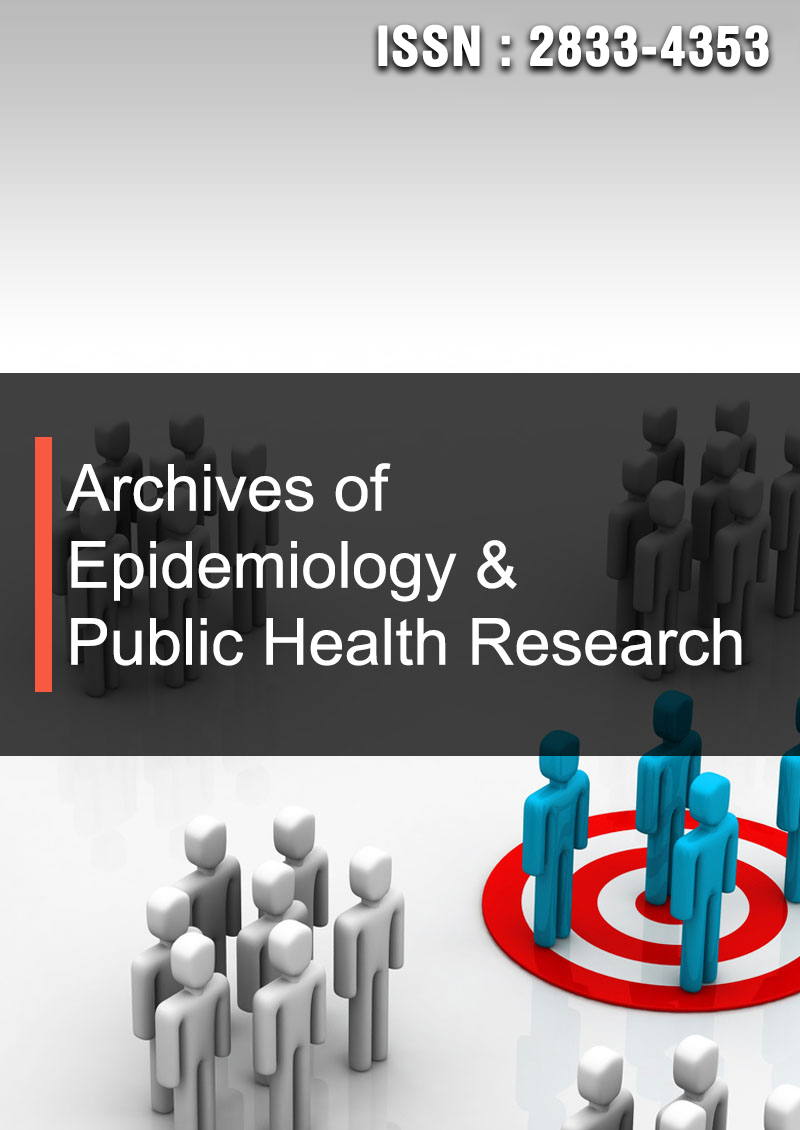Tackling Dengue Issue Need Proactive Measures: A Narrative Review of Current Level of Prevention and Control of Dengue in Malaysia
Abstract
Norsyahida Md Taib and Azman Atil
Background: Dengue is a severe mosquito-borne disease that is endemic in tropical and subtropical regions, including Malaysia. Dengue appears to lack both a particular treatment and an effective tetravalent vaccination. Suppression of the two most significant vectors, Aedes Aegypti and Aedes Albopictus, is the only method for controlling dengue. The disease continues to spread despite diligent and comprehensive attempts by health organizations to contain it. This review is to determine the current level of prevention and control of dengue in Malaysia. Method: This review derived from 35 kinds of literature obtained from PubMed, red journal I Dengue, WHO Library database (WHOLIS), WPRO, International Journal of Environmental Research in Public Health (IJERPH), ResearchGate, Spring- er, Vector Biology Journal and PLOS Neglected Tropic Diseases that were published in English between 1992 to 1 Decem- ber 2022. Literature is relating epidemiological studies of dengue fever, dengue prevention and control, dengue forecast- ing, the factor of dengue occurrence and dengue surveillance. Discussion: Dengue vector control is still considered the most efficient method for controlling and preventing dengue virus transmis- sion. As a result of the declining efficacy of conventional ways of managing dengue transmission, it is time to re-evaluate the currently employed and other available strategies. Current dengue vector depends heavily on chemical approaches as space treatments, either thermal or ultra-low-velocity (ULV) fogging, but the technique appears to fall short of expecta- tions. The community should be involved in mass source reduction activities as part of dengue control strategies instead of merely having health workers visit every home. New approaches, such as the mass release of Wolbachia-infected male dengue vectors and sterile insect technique to generate sterile offspring when mated with wild populations, are prompted to be tested in Malaysia. Simple, accurate, and low-cost technologies for dengue forecasting that could be utilized to im- prove decision-making on the timing, magnitude, and usage of limited resources. Conclusion: The control of dengue vectors should not exclusively on a single strategy, neither genetic modification of artificially Wol- bachia-infected method nor traditional insecticide treatment. It should include environmental management as the primary strategy, a well-planned integrated control program, and effective coordination among the organization's members.



